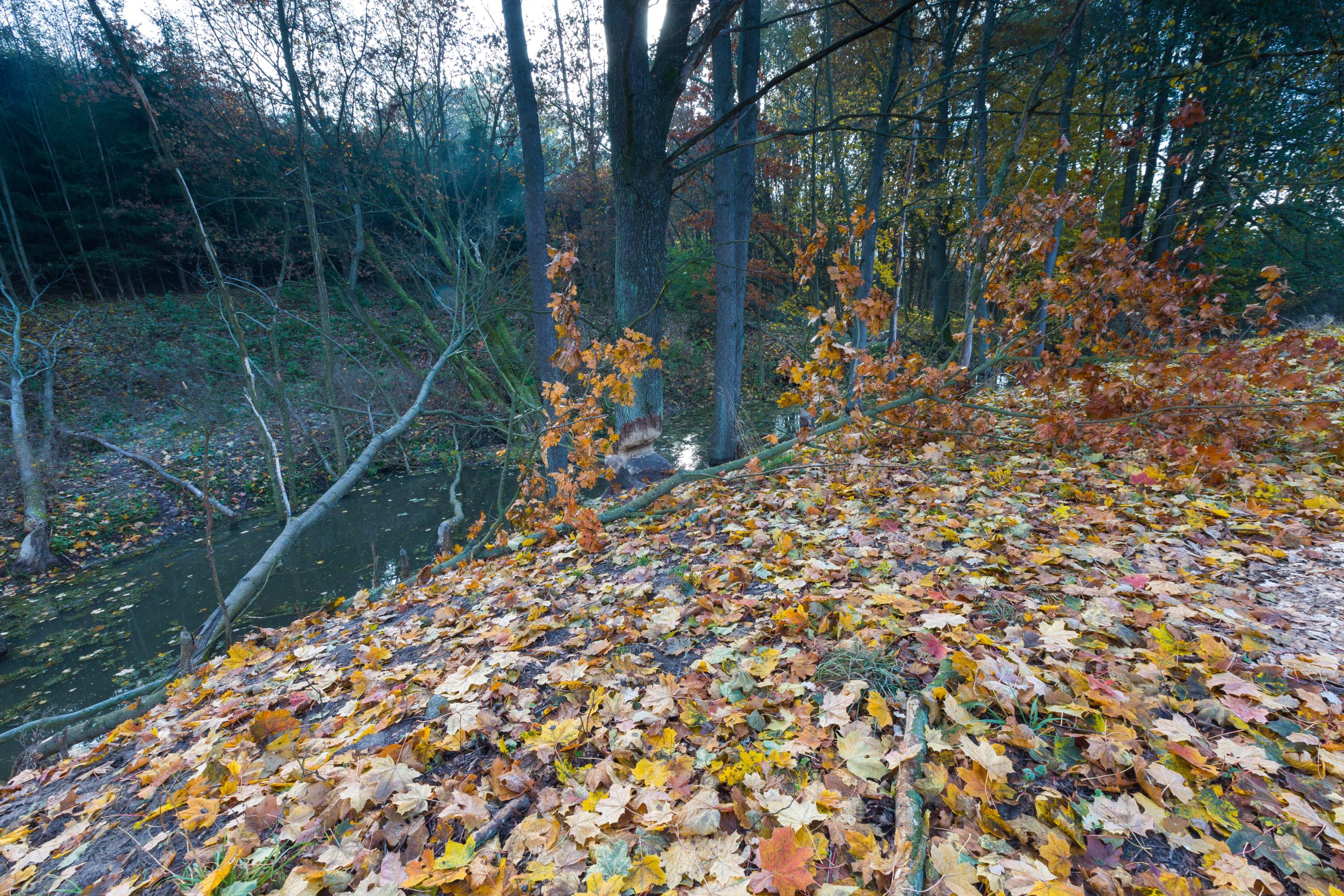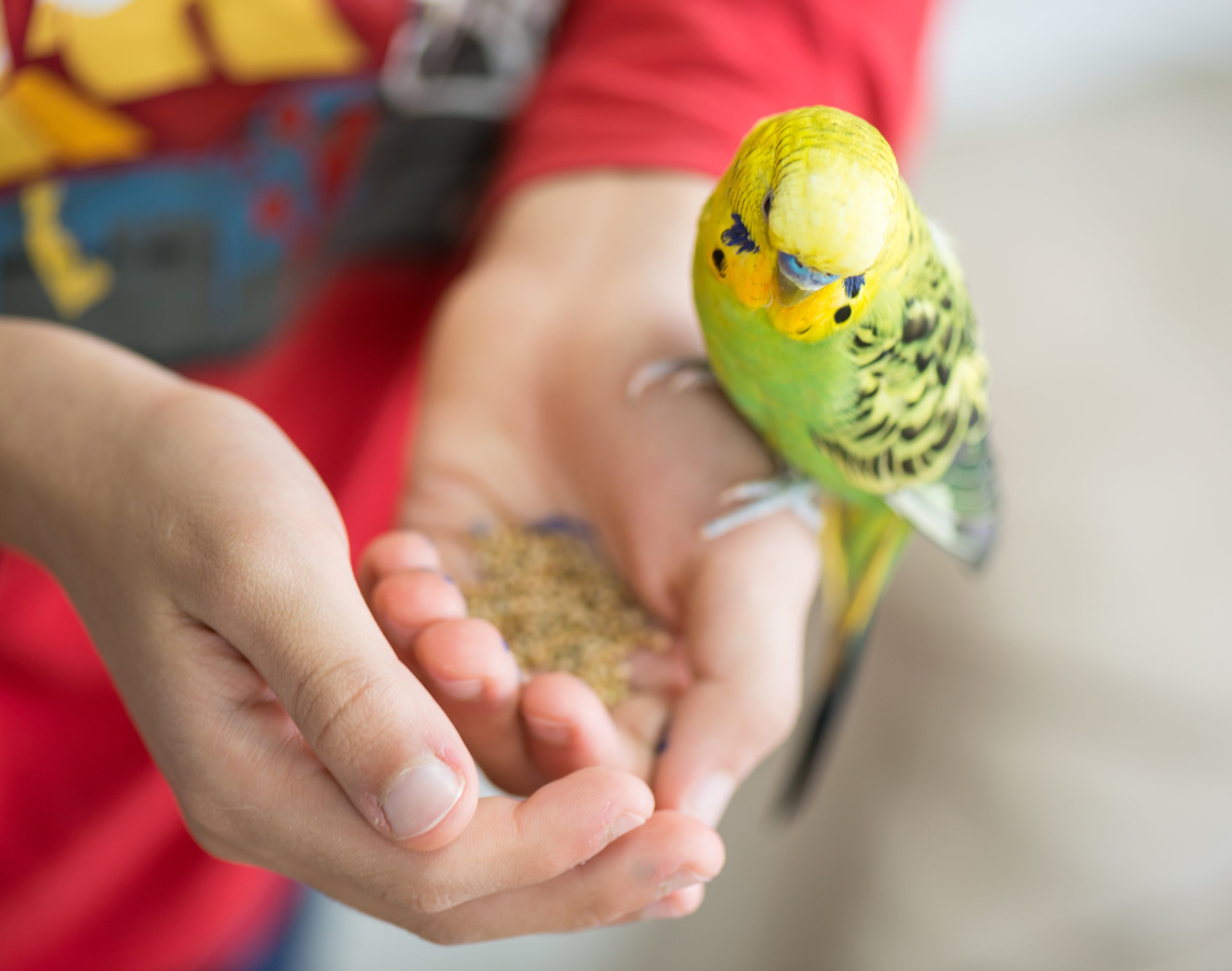Are you ready to train your puppy in just 7 days or less? If so, then this blog post is for you! Training a new pup can be overwhelming and time-consuming, but with the right approach, it doesn’t have to be. In this article, we will cover everything from establishing a routine to problem solving common behavior issues. Let’s get started!
Introduction to Puppy Training
Common Mistake: A lot of people assume that How to Train Your Puppy in 7 Days or Less is simple, but overlooking small details often leads to frustration. Avoid skipping the fundamentals!
When training your puppy, consistency and patience are key. You must set aside dedicated time each day to work on basic commands such as sit, stay, come, and more. It’s essential that both you and any other family members who interact with the dog follow the same rules and guidelines. Remember, your pup is still learning about the world around them, so they need clear boundaries and expectations.
The Importance of Consistency and Patience
Puppies learn through positive reinforcement, which means rewarding good behaviors with treats or praise. Never use physical punishment or scolding when training your pup; instead, focus on providing consistent feedback and encouragement. Be patient with your furry friend, too. They may not pick up on certain commands immediately, but with persistence and practice, they will get there.

Establishing a Routine for Your Puppy
One way to ensure success during the first week of training is by establishing a routine. Set specific times throughout the day for feeding, playing, exercising, and potty breaks. This structure helps your pup understand what to expect and makes it easier to stick to a schedule. Additionally, make sure to provide plenty of opportunities for socialization and exposure to new experiences.
Teaching Basic Commands (Sit, Stay, Come)
During the first few days of training, start with simple commands like “sit,” “stay,” and “come.” Use positive reinforcement techniques such as clicker training or verbal cues to teach these commands. For example, when your pup sits on command, give them a treat or praise them enthusiastically. With repetition and consistency, they will begin to associate these actions with rewards.
Housebreaking 101: Potty Training Tips
Another crucial aspect of puppy training is housebreaking. Start by taking your pup outside frequently throughout the day to eliminate. Whenever they go potty outside, praise them and give them a treat. If they have an accident inside, don’t scold them; instead, take them outside immediately and show them where to go. With time and effort, your pup should catch on quickly.
Socialization and Exposure to New Experiences
In addition to teaching basic commands, it’s also important to expose your pup to new people, places, and things. Take them on walks around the neighborhood, introduce them to children and other animals, and let them explore different textures and surfaces. By doing so, you help your pup become well-rounded and comfortable in various situations.
Problem Solving Common Behavior Issues
Finally, be prepared to address common behavior issues such as jumping, barking, and chewing. Instead of reacting negatively, try to redirect their energy towards appropriate activities. For instance, if your pup jumps on guests, teach them to “sit” instead. If they bark excessively, distract them with a toy or game. And if they chew on furniture or shoes, provide them with designated chew toys instead.

In conclusion, training your puppy in just 7 days or less requires dedication, consistency, and patience. By following these tips and techniques, you can create a solid foundation for a happy and healthy relationship with your four-legged companion. Good luck!
Questions You Might Have
How can I Effectively start training my puppy within the first week?
Begin by establishing a consistent routine for feeding, potty breaks, and playtime to help your puppy understand what to expect. Focus on teaching basic commands like sit, stay, and come using positive reinforcement techniques such as treats and praise. Be patient and persistent, practicing these commands daily to reinforce learning. Remember, consistency from all family members is key to quick progress.
How do I Address common behavior issues like jumping or barking during puppy training?
Redirect your puppy’s energy by teaching alternative behaviors, such as sitting when they want to jump on guests. For excessive barking, distract them with toys or engage them in a game to calm their nerves. When your puppy chews on furniture or shoes, provide designated chew toys as substitutes. Consistent redirection and positive reinforcement will help modify these behaviors effectively.
How can I Effectively introduce my puppy to new environments during the first week of training?
Start by gradually exposing your puppy to different settings, keeping initial visits short and positive. Use treats and praise to reinforce calm behavior, and always supervise to prevent overwhelming or stressful situations. Consistent, positive experiences help your puppy build confidence and adapt quickly.